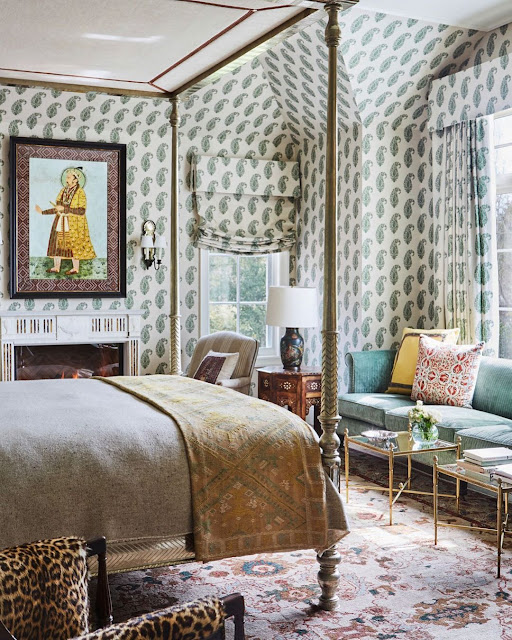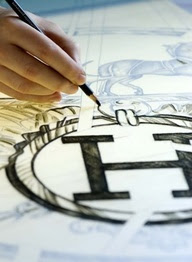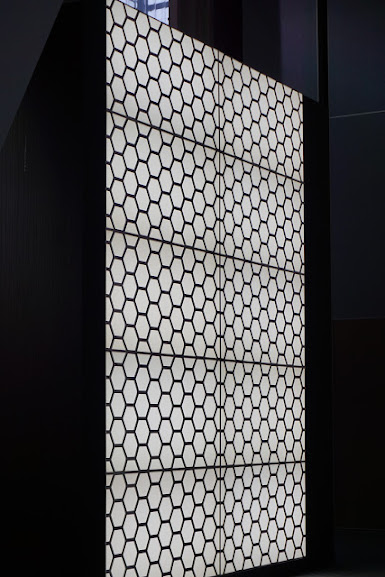WHY WE LOVE THE BATIK TECHNIQUE FOR TEXTILES
FOR THE LOVE OF BATIK-
How This Historic Technique of Designing Textiles Has Spurred an Interior Design Trend...

How This Historic Technique of Designing Textiles Has Spurred an Interior Design Trend...

We love Batik, and it is one of these designs that never seems to go out of style. We've written about the best BATIK finds on the market before. But, why is it so popular, you ask? Well, for one it gives off a hand made, painterly feel and the aesthetic works well with many types of homes from a casual beach house to an international sophisticated space.
Secondly, due to our collective love for hand-made, artisan products today, it checks this box in a big way! Well, then it's no wonder that the popularity of BATIK has helped pave the path for a whole new design look. We see this hippie-dippie-bohemian chic feeling all over design magazines as well as in celebrities' homes, millennials' homes and even in luxury retail boutique shops. Online shopping sites like Anthropologie have created full cottage industries capitalizing on this design aesthetic.
With digital printing we are seeing designs today that look and feel just like Batik. This got me thinking about Batik and remembering how popular it was during my youth in the 1970's. As any self-respecting Grateful Dead Head who grew up in the thick of Woodstock and all the fashion surrounding the era, I learned how to Batik fabric at home in my teens. We made our own t-shirts and table linens in a short cut DIY-version of Batik. We purchased wax, string, fabric dye and tied the textiles in knots or added wax where we didn't want the dye to apply, which gave off a variegated design. But, what is Batik exactly? It is created with a wax-resist dyeing applied to the cloth originally from Indonesia using a spouted tool called a tjanting, or by printing the resist with a copper stamp called a cap. It is quite elaborate and the technique allows a lot of control over color and design.
CANTING
When using a Canting tool (small container made of copper and wood), the hot wax is released through the top of a small opening. The artist draws on the fabric with the tool, and of course no two designs will be the exact same. The fabric is dipped into a colored dye repeatedly.
Or, COLET
The artist brushes the color on the fabric, then draws patterns on top of the painted fabric and this allows for complex detailed patterns with vibrant colors.
Or, CAP
working with a flat thin tool and melting the wax onto the tool, the wax is then pressed onto the textile with the tool. it requires a skilled artist. The color will appear on all the other parts of the fabric where the wax is not- it's quicker then CANTING and often less expensive as well.
Or, JUMPUTAN (TIE-DYE)
This is the simple technique I utilized in the 1970s to make my tye dye/Batik textiles. By tying sections of the textile in knots or even with string, then dipped in the color, when finished the batik pattern is created.
See a few spaces that seem to have been inspired by this artisan technique, creating a new design trend...
Peter Dunham
Project Runway's Christian Siriano's Connecticut Home featured in mixandchic.com
root cellar designs' Batik-looking wallpaper design was featured in HC&G Magazine this summer, 2019
these three images (above and below)
via batik board
Happy Nesting
XO Tamara













